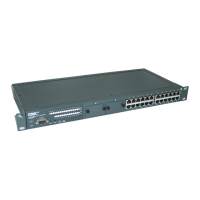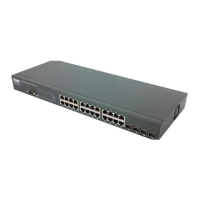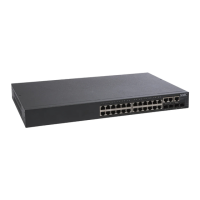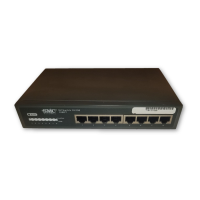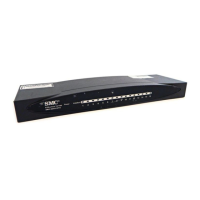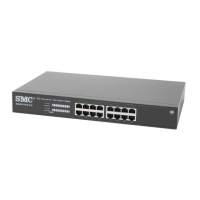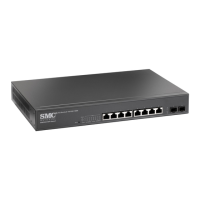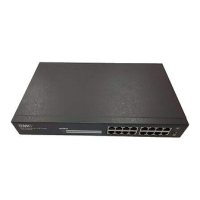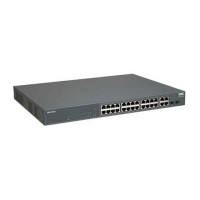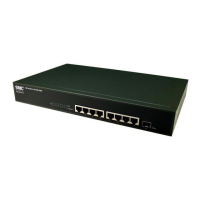C
OMMAND
L
INE
I
NTERFACE
3-10
followed by the “?” character to display a list of possible matches. You can
also use the following editing keystrokes for command-line processing:
Command Groups
The system commands can be broken down into the functional groups
shown below
.
Keystroke Function
Ctrl-A Shifts cursor to start of command line.
Ctrl-B Shifts cursor to the left one character.
Ctrl-E Shifts cursor to end of command line.
Ctrl-F Shifts cursor to the right one character.
Ctrl-P Shows the last command.
Ctrl-U Deletes the entire line.
Ctrl-W Deletes the last word typed.
Delete key or backspace key Erases a mistake when entering a command.
Command
Group
Description Page
General Basic commands for entering privileged access
mode, restarting the system, or quitting the CLI
3-12
Flash/File Manages code image or switch configuration files 3-19
System
Management
Controls system logs, system passwords, user name,
browser management options, and a variety of other
system information
3-26
SNTP Configures SNTP client settings 3-54
SNMP Activates authentication failure traps; configures
community access strings, and trap managers
3-61
IP Interface Configures the IP address and gateway for
management access, DHCP server and relay service
for server blades, displays the default gateway, or
pings a specified device
3-68
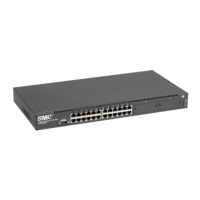
